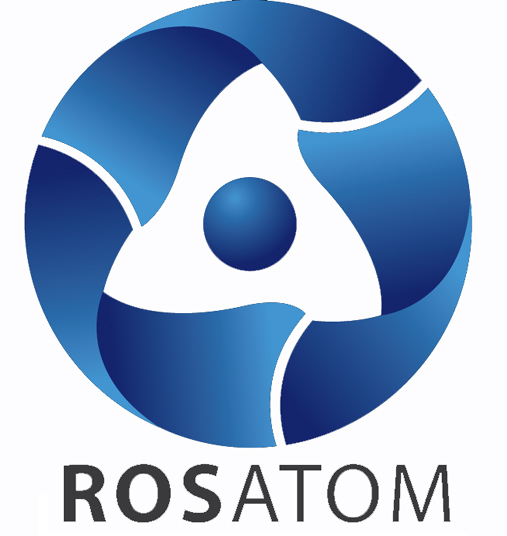Rosatom's Mining and Chemical Combine just produced its first three fuel assemblies with uranium-plutonium mixed oxide fuel (MOX) containing transuranic elements americium-241 and neptunium-237.
The fuel has been accepted and is due to be loaded into the BN-800 fast neutron reactor at Beloyarsk nuclear power plant in 2024. Pilot operations will consist of three micro campaigns of about one and a half years each.
Minor actinides are transuranic elements other than plutonium. They are formed in irradiated nuclear fuel. They are highly radioactive with long half-lives.
Rosatom said that the proposed Russian solution to what are the most hazardous components of nuclear waste is via fast neutron reactors. They can be fueled not only with enriched natural uranium, but also by secondary products of the nuclear fuel cycle, such as depleted uranium and plutonium. Rosatom said, “In addition, the research shows that minor actinides from spent nuclear fuel under the flux of fast neutrons will fission into fragments representing a fairly wide range of radioactive and stable isotopes, but in general their potential hazard will be much lower than that of the original minor actinides.”
Alexander Ugryumov is the senior vice president for research and development at Rosatom’s fuel division, TVEL. He said, “Rosatom is step-by-step taking the unique advantages that powerful fast neutron reactors provide to our industry. The introduction of MOX fuel enables the expansion of the resource base for nuclear power multifold involving depleted uranium and plutonium, and also to reprocess irradiated fuel instead of storing it. Afterburning of minor actinides is the next step in closing nuclear fuel cycle, which should not only reduce the amount of nuclear waste for final isolation, but also significantly reduce its radioactivity. In the long term, it could avoid the complicated and expensive deep burial of waste.”
These lead-test assemblies were manufactured at the Mining and Chemical Combine in Zheleznogorsk in the Krasnoyarsk region. Their creation was based on fuel fabrication technology developed at TVEL’s Bochvar Institute in Moscow.
TVEL said that the pilot operation in the BN-800 reactor “is the key stage of the comprehensive research program” for minor actinides afterburning. The project began in 2021 and is scheduled to run until 2025. TVEL added that “The program includes projects of minor actinides separation into different fractions, their intermediate storage, involvement in fast reactor fuel, operation of such fuel, post-irradiation studies, etc. Another important issue is optimization of reactor facilities for burning the maximum volume of minor actinides.”
Beloyarsk 4 is a BN-800 reactor cooled by sodium which produces about eight hundred and fifty megawatts. It was brought to minimum controlled power for the first time in June of 2014. It was connected to the grid in December of 2015. The eight hundred and fifty megawatts reactor entered commercial operation in October of 2016. It was fully loaded with MOX fuel in September of 2022. It recently became the first such facility to complete a year operating on MOX fuel. MOX fuel is created from plutonium recovered from spent nuclear fuel mixed with depleted uranium which is a by-product of uranium enrichment.
